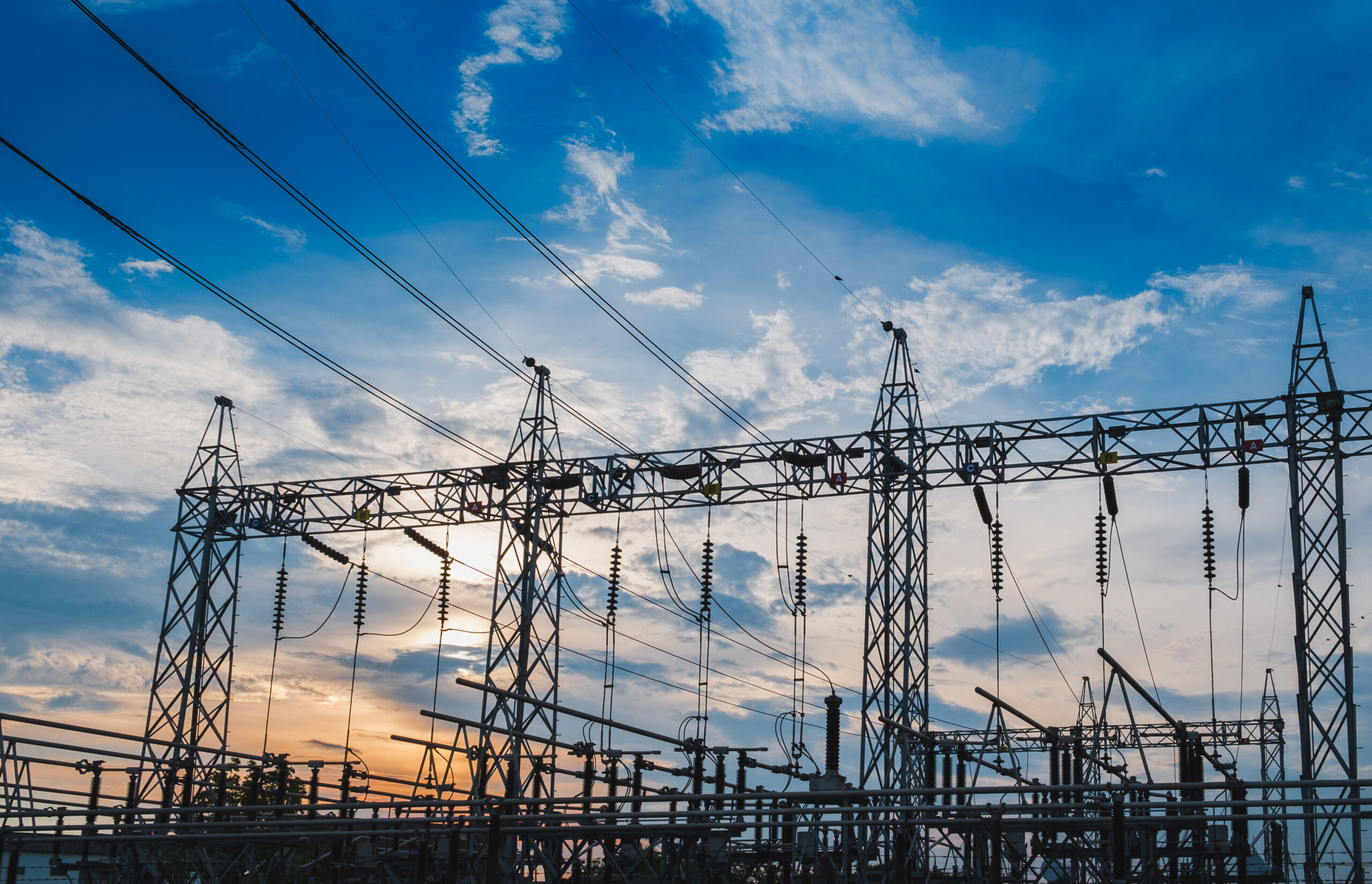There have been many game-changing happenings in the natural gas marketplace over winter 2023/2024, and to truly paint a picture of the changes, we first need to understand the events leading up winter 23/24.
Setting the Stage: The Lead-Up to Winter 2023/2024
Going back to late-spring of 2023, the summer forecast was released and the forecast called for El Nino or a warm summer. This was coming off the 5th warmest January and February on record. Advancing out of an unseasonably mild winter, storage levels were higher than expected, and the market began selling off from its average of $6.00 / MMBtu. At that time in February of 2023, the Freeport LNG facility began liquifying and exporting gas again and the market reacted bringing futures up for a short period of time.
Fast forward to summer again, and we experienced El Nino for certain. Remember the “rainy” summer? While it rained quite a bit in the northeast, the summer of 2023 was the hottest on record globally by a wide margin. Energy production continued to grow even while rig counts in North America dropped. Think of Moore’s law. Through efficiencies and better technology, North America was producing more and more natural gas with fewer and few rigs as the pricing for natural gas dropped. War in Ukraine persisted, and the attacks in Israel have not occurred as of yet. In fall of 2023, Global LNG prices we’re between $10 to $20 / MMBtu depending on receipt points of Europe, Asia, or specifically the UK. LNG futures peaked during this period, and other than the spot market, stayed below $20.00 / MMBtu.
On October 7th, Hamas attacks Israel and the market made a brief run up. A month later, the El Nino winter forecasts began hitting the news wires, and the forward market, specifically winter futures began to fall. Another big market-moving piece of news hit the wires in early December when ExxonMobil announced that there would be delays for the Golden Pass LNG facility, (similar in size to the nation’s largest which is Freeport LNG at 2 BCF / day) and that also knocked futures down. During early winter of 23/24, storage levels remained strong due to mild temperatures across Europe and the lower 48.
Winter 2023/2024: A Season of Volatility and Change
A slim glimmer of hope occurred for the bulls on the market when Winter Storm Heather hit, and spot market pricing became quite volatile across the north west, the south west, the Rockies, and the south. A short burst of winter weather returned to the continental US in February, but quickly receded to mild temperatures again. While the temps remained mild for a majority of winter, the natural gas futures marketplace fell to levels not seen since the Covid-19 pandemic. On February 21st, Chesapeake Energy announced it will cut production of natural gas in the nation’s largest shale fields by roughly 20%. When producers cut production, it is typically because the market is over supplied, and pricing is too low to be profitable. Economics 101 if you will. This announcement shot the futures up by 13% in a single day. This moved the market off of its 3-1/2 year low, and as we’ve moved into early March of 2024, the market has advanced for the last 3 weeks. The market is still hovering between $1.70 and $1.90 for the April 2024 future. The April 2024 future is currently 25% down YTD and is down 47% as a year to date change. The latest storage report has storage volumes 16.9% above this time last year, and 37.1% higher compared to the five-year average. Finally, injection season is right around the corner, and with current storage levels as high as they are, it will be very interesting to see how production cuts will affect storage injection in the coming spring and summer months.










Connect With Us